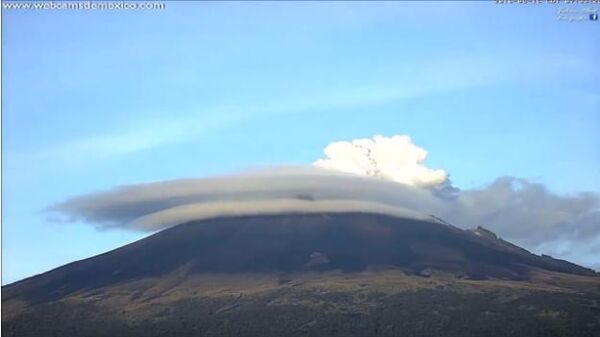In the early hours on Monday the area was hit by magnitude 4.5 and 4.6 quakes, similar to movements it experienced in 2011.
"It is quite a dynamic situation now, in the next hours and days following this, but as we speak at the moment we do not see any signs that there is an imminent hazardous unrest about to happen," Matthew Roberts, a natural-hazards scientist at the Icelandic Met Office told Reuters.
Interestingly, the volcano is covered by a large icecap, which would likely delay the eruption for around 60 to 90 minutes, according to Roberts. The delay could give people time to evacuate and assist air traffic control in redirecting aircraft.
The ice cap itself presents hazards, though.
“The other hazard might be a jökulhlaup, or glacial outburst flood. Melting from the summer within the Myrdalsjökull icecap and that meltwater can accumulate until it spills over as a flood of water, ice, and debris. These have occurred often and do not need to be associated with any volcanic activity,” Wired explained.



